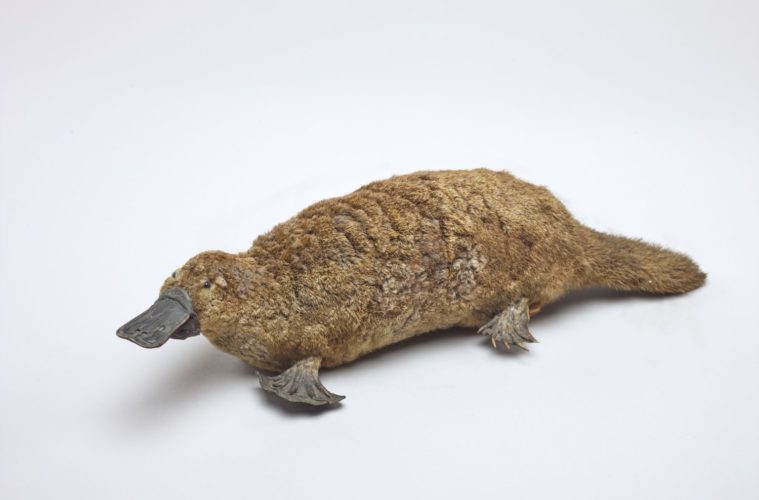The platypus is one of the most unique animals in the world. It’s a mammal, but it lays eggs. It has webbed feet, a beaver-like tail, and an otter-like snout and bill that helps it locate food underwater. But did you know there’s even more to this strange creature? Let’s dive in and explore six weird facts about the platypus!
1. They Lay Eggs
One of the most unexpected facts about platypuses is that they lay eggs like birds and reptiles do. In fact, they are one of only four species of mammals in the world that do so. Those other three species are echidnas—which are closely related to platypuses—and two species of spiny anteaters.
2. They Have Venomous Spikes
The males possess a spur on their hind feet that secretes venom that can cause excruciating pain in humans. Luckily for us, these spurs are only used to ward off other male platypuses during mating season or when threatened.
3. Platypus Have Electric Sense Organs
Platypuses have electroreceptors located near their bill that allow them to detect electric fields underwater. This helps them locate food such as insects and crustaceans in murky waters where visibility is limited. Amazingly, these organs are also found in sharks, rays, and certain types of fish!
4. The Platypus Loves Its Rest
When it isn’t foraging for food, the platypus spends most of its time sleeping—up to 14 hours per day! During these restful periods, it curls up into a ball on land or burrows into sandbanks near water sources to keep warm until nightfall when they resume their hunting activities.
5. They Have Unique Fur
The fur of the platypus is waterproof thanks to tiny overlapping scales that cover each individual hair shaft from root to tip like roof tiles on a house – a trait believed to have evolved over millions of years ago so that these semi-aquatic creatures could stay warm and dry during cold winter months when temperatures drop below freezing point in Australia’s waterways and wetlands.
6. Platypus Store Food In Their Cheeks
When out hunting for food underwater, platypuses use their cheek pouches to store up to 20 small invertebrates before bringing them back up to the surface to eat later on land or while floating at rest on top of the water surface.
The platypus may look strange on the outside but underneath lies an animal with a unique set of features and adaptations that make it capable of thriving in its environment. From laying eggs instead of carrying a live young to having venomous spikes and electric sense organs, there’s no doubt that this creature is truly one-of-a-kind!
Advertising disclosure: We may receive compensation for some of the links in our stories. Thank you for supporting LA Weekly and our advertisers.

